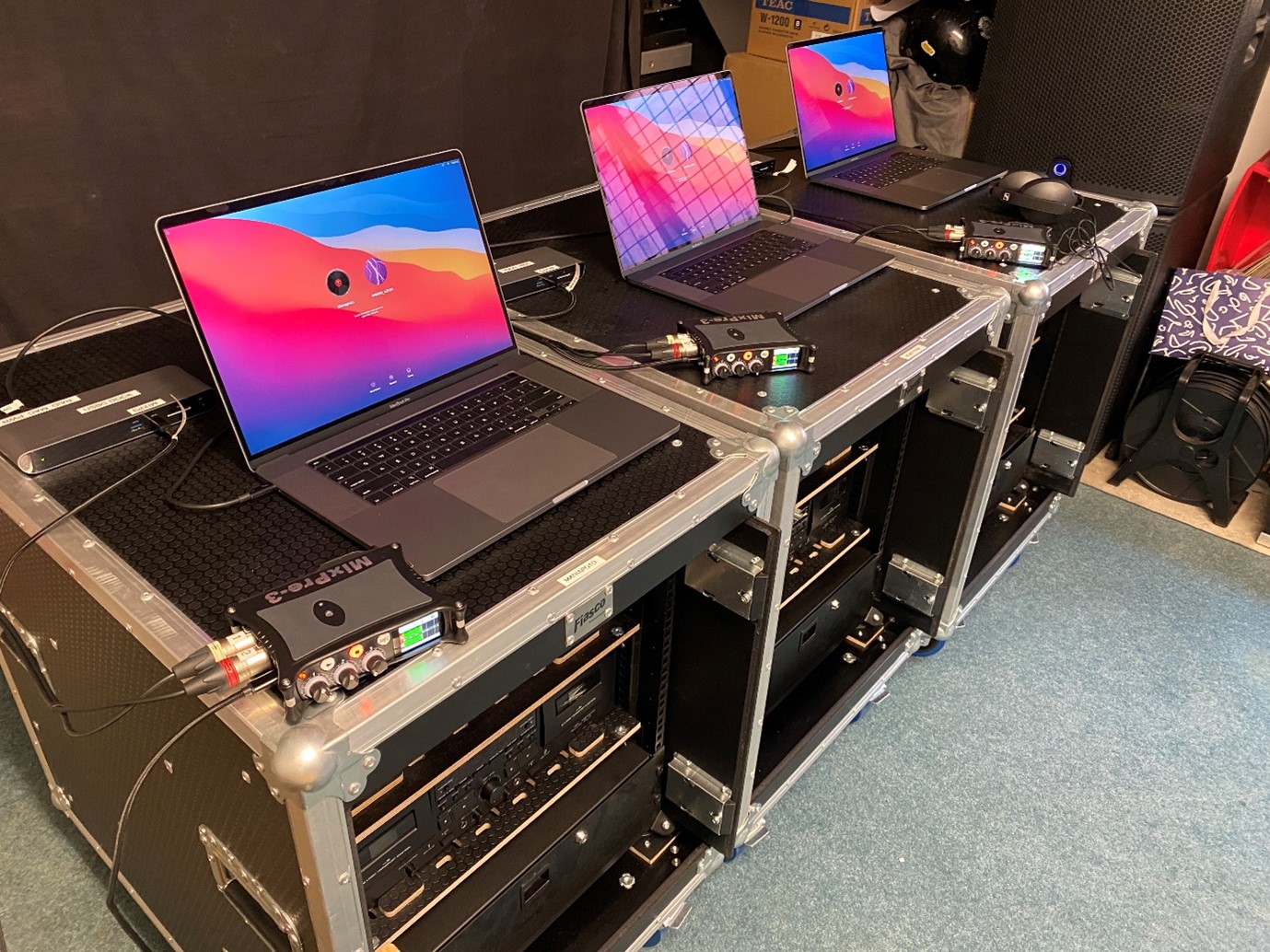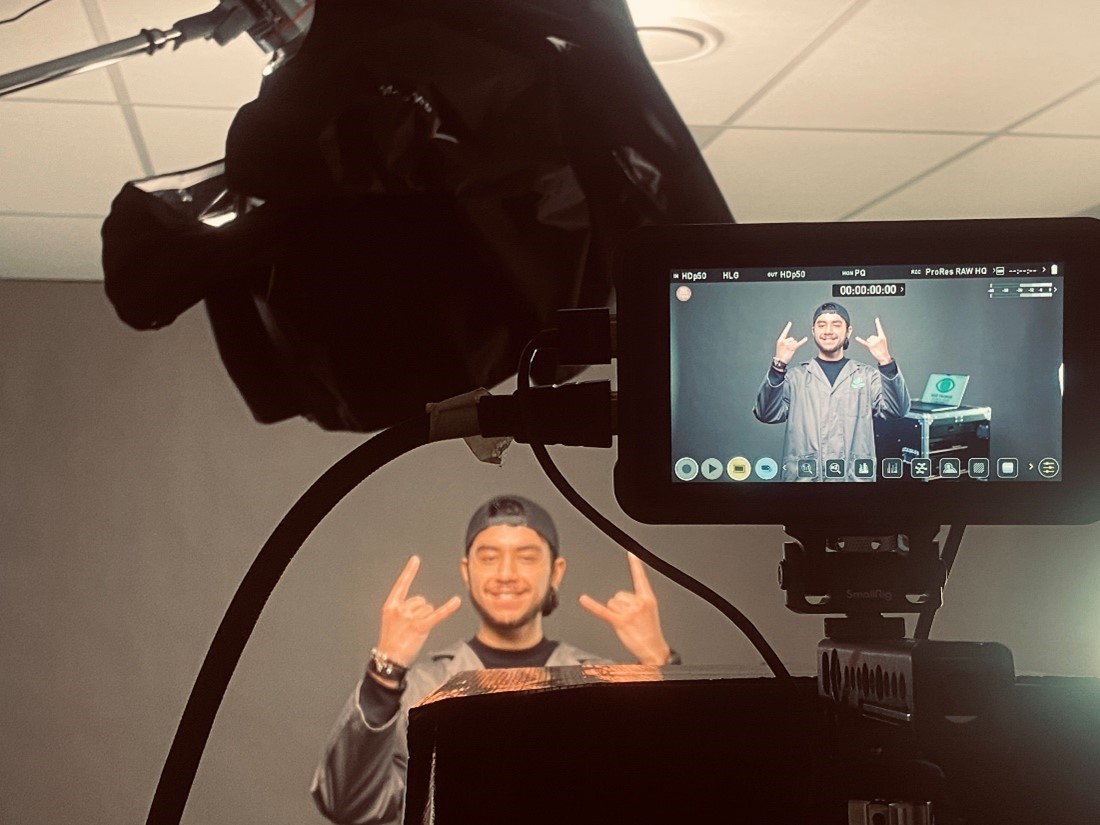Paul Meredith is Pou Ārahi – Deputy Chief Executive, Māori, for Ngā Taonga Sound & Vision in Aotearoa New Zealand
Ngā Taonga Sound & Vision has been engaged in an unprecedented programme of community based magnetic media digitisation within indigenous communities. Rokirokitia (a Māori word that can be translated as “to preserve or care for”) was devised and carried out by Aotearoa New Zealand’s audiovisual archive between 2021 and 2023.
With Rokirokitia, the Archive took a new approach to facilitating the preservation of at-risk audiovisual material, to safeguard ongoing access to mātauranga Māori at risk of obsolescence along with the legacy media formats it was captured on. Mātauranga Māori means Māori knowledge and knowledge systems, which are central to Māori cultural identity and wellbeing. At-risk was defined as content on near-obsolete media like videotapes, audio cassettes, CDs and DVDs; formats highly susceptible to deterioration, and increasingly difficult to find playback hardware for. Many Māori communities hold audiovisual recordings of traditional knowledge holders rendered on near-obsolete media formats over several decades. If lost, these records would be irreplaceable. They include interviews with elders and recordings of important meetings, dating from the 1970s to the early 2000s – knowledge vital to ongoing Māori-led efforts to revitalise language and culture.
The goal of Rokirokitia was to give Māori the means to preserve their own traditional knowledge within the communities it originated from. Ngā Taonga sought to empower Māori to work directly with their own taonga, to shift recordings into digital formats, and archive them locally, in line with the principles of indigenous data sovereignty. This meant Ngā Taonga left it up to communities themselves to determine their own unique preservation priorities. For example, sometimes people brought in tapes for digitisation containing images and voices of family members that they haven’t seen or heard for a generation or more. Their faces tell you what seeing this content again means to them.

Caption: three field kits in a row
With COVID- 19 recovery funding from New Zealand’s Manatū Taonga – Ministry for Culture and Heritage Te Awe Kōtuku Fund, Ngā Taonga created and distributed 50 mobile digitisation field kits. The kits were issued at no cost to Māori organisations all over Aotearoa New Zealand. Each kit contains a:
- Macbook Pro 16 inch 2.3GHz 8 Core i9 with 16GB of RAM (preloaded with a suite of audio and video digitisation software)
- Belkin Thunderbolt Pro USB-C Dock
- Lacie Raid 4TB external storage
- Asus ZenDrive External CDR/DVD reader/writer
- Sennheiser HD 300 headphones
- Teac W-1200 cassette deck
- Refurbished Video Cassette Recorder (VCR)
- Sound Devices Mixpre3 convertor/recorder
- Elgato Video Convertor dongle
- Isopropyl cleaning solution
- Firm cotton buds
Because of the limited lifespan of audiovisual equipment - especially second-hand VCRs - all parts were designed to be swapped out for new ones when they wear out. The kit can also be scaled up, with new peripherals like microphones able to be added. Part of training delivery was encouraging kit recipients to seek out people in their own communities who know how to maintain electronics or source them second-hand, such as retired TV and video repairers.
Digitisation equipment in the kits is housed in an 84kg racked road case on castors, like those used for stage productions or films. They’re designed to be modular, robust and transportable. While we had the option of having the racked road cases built in China at lower cost, we opted to have them manufactured within New Zealand in line with the project funder’s imperative that the money be used to stimulate local economies, post-COVID 19 lockdowns.

Caption: field kits with their bottom drawers open
At first glance the field kits can look more imposing than they are, so providing thorough yet accessible training for different age groups, learning styles and technical competencies was vital. Community ‘super users’ were trained to use the field kits, including guidance on handling, cleaning and storing physical media, converting recordings to .wav and MP4, and creating technical metadata. Training delivery was hybrid, and delivered through a combination of a printed guidebook, 90 second instructional videos, and live workshops – both in person and online, depending on the Rokirokitia team’s ability to travel during lockdowns. Remote learning was more challenging for participants than face to face workshops – it removed the ability to read the room and adjust delivery accordingly. In total, the Rokirokitia training workshop was delivered around 30 times, to a total of 50 groups.

Caption: Ngā Taonga remote learning training session setup
Ngā Taonga didn’t ask participants for copies of any material digitised through the Rokirokitia programme. This ensures Māori retained full control over their own mātauranga - and who it is shared with. We only asked that groups reported back to us on progress, partly to show funders the demand and need for this type of resource. This approach went a long way toward overcoming any initial scepticism about the Archive’s motives for offering the kits at no cost. At some of the first training workshops people incorrectly assumed we wanted their in return for what we were offering. But it quickly became clear that the overriding driver here was to support them to preserve their mātauranga Māori captured on at risk media. Overall, people were enthusiastic and appreciative of the opportunity on offer. Once trained most were also confident about operating the kit.
One of the first kits was distributed to the Waikato-Tainui iwi, a North Island tribe with more than 80,000 members. When I checked in with them recently two years after we delivered their kit and training, the iwi reported they had digitised 400 videotapes, and had installed their second replacement VCR machine without requiring any further assistance from the Rokirokitia team. All the voices, faces and stories on those old tapes are now safe from being lost, and the community has gained valuable new digitisation and archiving skills.

Caption: Maimoa Toataua-Wallace recording an instructional video
The Rokirokitia project finished as planned mid-2023. While Ngā Taonga has have no immediate plans to distribute any more kits, the option is there if further funding becomes available. The Rokirokitia programme’s community-based approach to digitisation offers one potential solution to the urgent problem of magnetic media obsolescence within communities who want to keep their traditional knowledge close and retain control over who it gets shared with.
